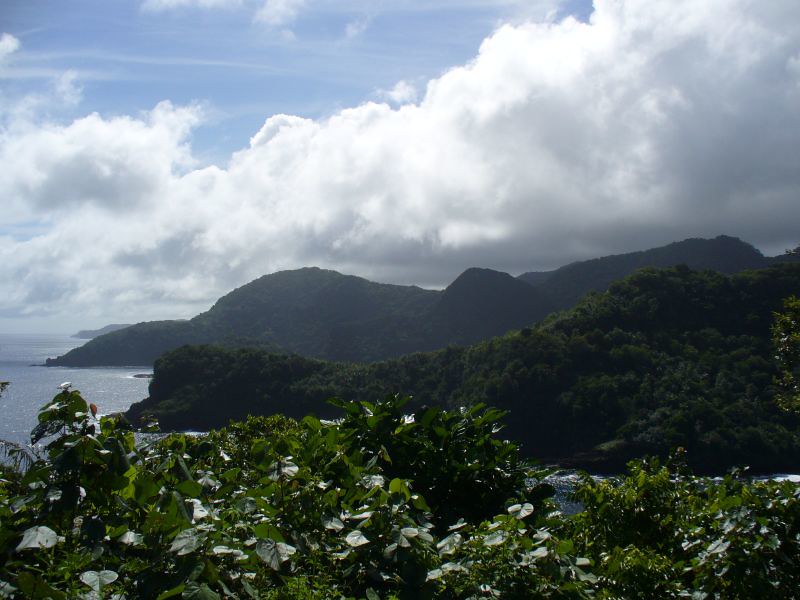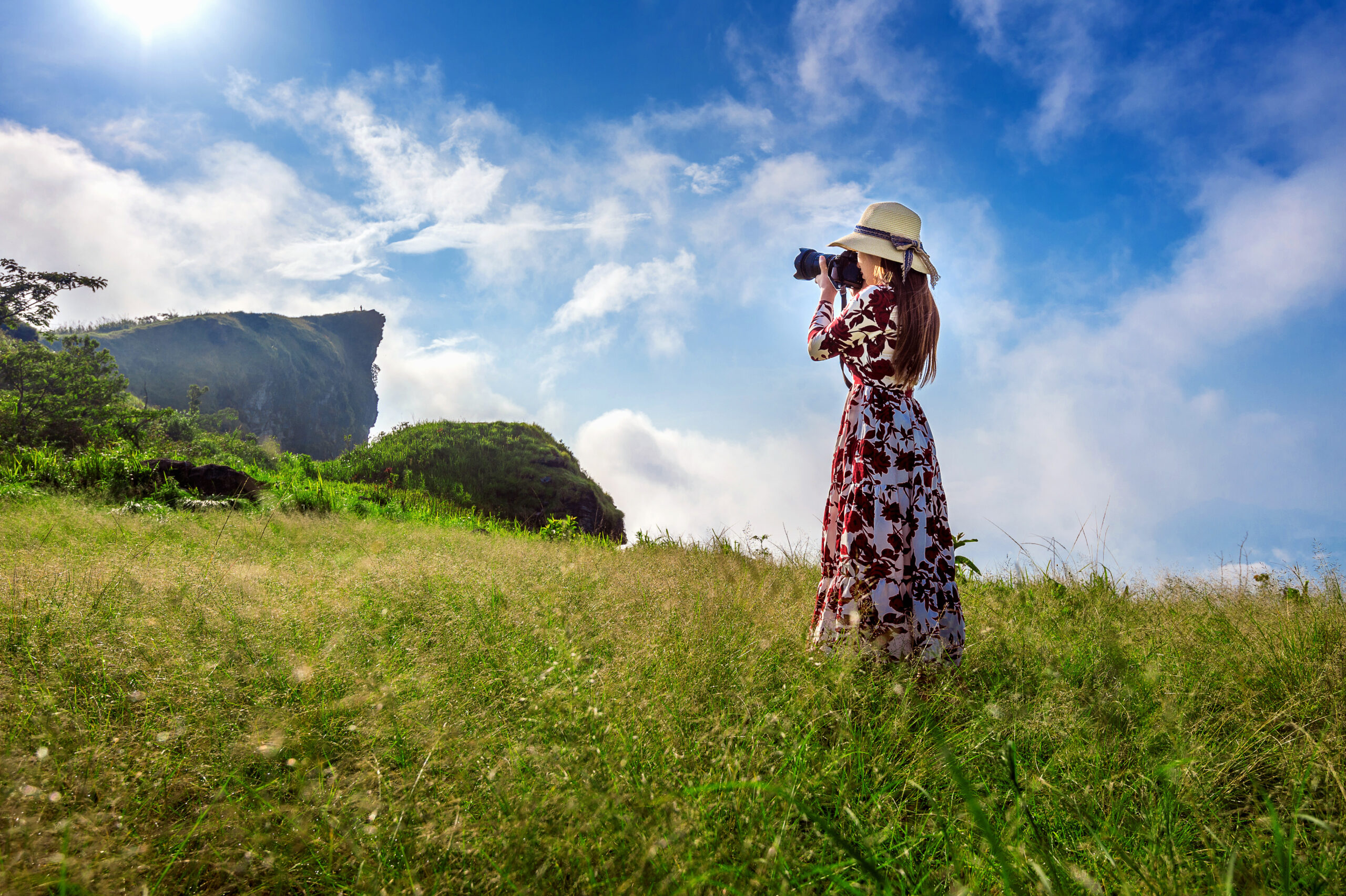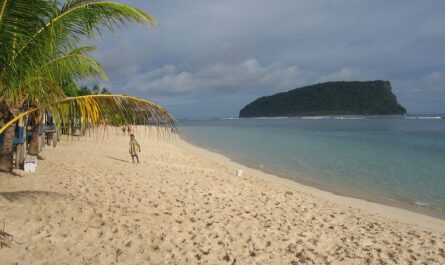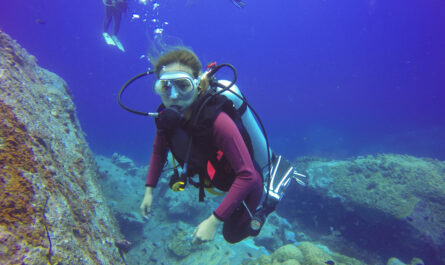American Samoa, a U.S. territory located in the heart of the South Pacific, is a hidden gem for adventurers and nature enthusiasts. Unlike the more developed and tourist-heavy regions of Hawaii or Fiji, American Samoa remains largely untouched by mass tourism, offering pristine landscapes, vibrant marine life, and an authentic Polynesian cultural experience. At the heart of this territory lies Tutuila, the largest and most populated island in American Samoa, yet still blessed with vast stretches of untamed wilderness. Tutuila’s dramatic cliffs, volcanic peaks, lush rainforests, and secluded beaches offer visitors an off-the-beaten-path journey into the wild.
This guide takes you through the highlights of Tutuila’s untouched wilderness, from its jagged peaks and ancient rainforests to the rich cultural heritage that defines this island paradise.
1. National Park of American Samoa: A Crown Jewel
One of the most significant wilderness areas on Tutuila is the National Park of American Samoa, the only U.S. National Park located south of the equator. Spanning across three islands—Tutuila, Ofu, and Ta’ū—the park covers nearly 13,500 acres, of which approximately 4,000 acres are marine waters. On Tutuila, the park protects vast rainforests, coral reefs, and volcanic landscapes, offering an unparalleled opportunity to experience the island’s natural beauty.
Hiking the Mount ‘Alava Trail
For those looking to immerse themselves in the wilderness, the Mount ‘Alava Trail is a must-do hike. The trail begins near the village of Fagasa and takes hikers through dense tropical rainforest, climbing up to the 1,610-foot summit of Mount ‘Alava. The ascent rewards hikers with panoramic views of Pago Pago Harbor, the dramatic coastline, and the distant Pacific Ocean. Along the way, hikers can spot native bird species, such as the Samoan starling and the white-collared kingfisher, as well as lush vegetation that includes towering ferns and endemic flowering plants.
The trail is roughly 7 miles round-trip and includes a network of ridgeline paths and forest trails, making it ideal for both nature lovers and experienced hikers. The sense of isolation, combined with the rich biodiversity, makes this hike one of the most rewarding experiences on the island.
Rainforest Exploration
The rainforest in the National Park of American Samoa is a living testament to the island’s geological history and tropical climate. The park’s forests are home to native plant species that have existed on the islands for thousands of years. The towering banyan trees and breadfruit trees provide ample shade, while the forest floor teems with wild ginger, ferns, and moss. The air is filled with the calls of tropical birds, and occasionally, you may hear the rustle of a flying fox (fruit bat), one of the park’s most iconic creatures.
2. Vatia Bay: Secluded Beauty
Nestled on the northeastern coast of Tutuila, Vatia Bay is a secluded area of pristine beauty, characterized by rugged cliffs, turquoise waters, and verdant rainforests. This bay is part of the National Park and offers a quiet retreat from the island’s more populated areas.
The Vatia Bay Trail is an easy hike that winds through the forest and along the coastline, offering stunning views of the ocean and nearby Pola Island, a dramatic rock formation rising out of the water. This area is known for its vibrant marine life, with coral reefs just offshore providing excellent snorkeling opportunities. In addition, Vatia Bay’s beaches are ideal for picnicking or simply soaking in the beauty of the surrounding wilderness.
3. Pola Island: A Natural Marvel
One of the most iconic landmarks on Tutuila is Pola Island, located just off the coast near Vatia Bay. Pola Island is a towering rock formation that juts out of the ocean, surrounded by crystal-clear waters and fringed by coral reefs. The island is a haven for seabirds, including red-footed boobies and frigatebirds, which nest on its rocky cliffs.
Visitors can take a boat tour around Pola Island or view it from the shoreline at Vatia Bay. The steep cliffs, crashing waves, and abundant wildlife make it a photographer’s dream. While landing on the island is prohibited to protect the seabird population, the surrounding waters offer incredible snorkeling opportunities, where you can explore the underwater world of American Samoa’s coral reefs.
4. Pago Pago Harbor: A Volcanic Masterpiece
Pago Pago Harbor, a naturally protected deep-water harbor, is one of the most stunning volcanic harbors in the world. Surrounded by steep mountains and rainforests, the harbor is not only a vital port for American Samoa but also a gateway to exploring the island’s rugged wilderness. Visitors can hike to one of the many lookout points around the harbor, such as Blunts Point, for a breathtaking view of the water framed by the volcanic ridges.
The harbor itself is an excellent starting point for boat tours, diving trips, or simply appreciating the natural beauty that surrounds it. Mount Rainmaker, rising above the harbor, is another iconic natural feature that adds to the dramatic scenery of Pago Pago.
5. Cultural Significance of the Wilderness
Tutuila’s wilderness is not only home to diverse ecosystems but also holds immense cultural significance for the people of American Samoa. The island’s forests, mountains, and waters are deeply tied to Samoan cultural traditions and beliefs. For centuries, the local population has relied on the land for food, medicine, and shelter. Many of the trails that visitors hike today were once used by Samoans for practical purposes, such as traveling between villages or gathering plants for traditional healing.
Additionally, the fa’a Samoa, or “the Samoan way of life,” places a strong emphasis on respect for nature and the environment. This cultural connection to the land is still evident today in the way locals interact with and protect their natural surroundings. Visitors are encouraged to approach the wilderness with the same reverence, respecting the land and following local guidelines to preserve its beauty.
6. Wildlife and Marine Life
The untouched wilderness of Tutuila is home to a wealth of wildlife, both on land and in the surrounding waters. The island’s rainforests are inhabited by the Samoan fruit bat, an important pollinator and seed disperser in the ecosystem. The fruit bat is a protected species and can often be seen gliding through the treetops at dusk.
In addition to its terrestrial wildlife, Tutuila boasts an impressive marine ecosystem. The coral reefs that encircle the island are teeming with colorful fish, sea turtles, and vibrant coral formations. Snorkeling and diving enthusiasts will find a variety of marine life, including parrotfish, angelfish, and even the occasional reef shark.
Conclusion: A Wilderness Like No Other
Tutuila offers travelers a rare opportunity to experience the untouched wilderness of American Samoa. From the soaring peaks of Mount ‘Alava to the tranquil waters of Vatia Bay, the island provides a diverse range of landscapes to explore, each offering its own unique beauty and adventure. Whether you’re hiking through the rainforest, snorkeling in crystal-clear waters, or learning about the deep cultural significance of the land, Tutuila is a destination that captivates the soul and leaves a lasting impression.
For those seeking an off-the-beaten-path experience in the South Pacific, Tutuila’s untouched wilderness is a treasure waiting to be discovered.



